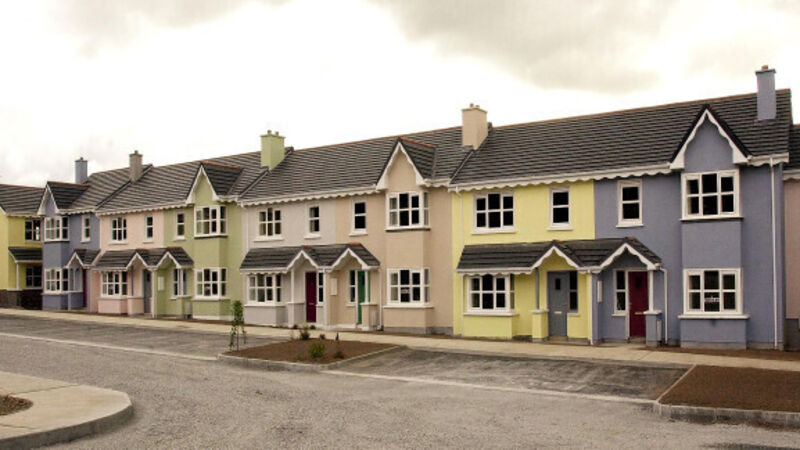Supply continues to be the fly in the housing ointment

The slowdown in price increases coincided with the introduction of new Central Bank regulations on mortgage lending.
However in recent months, house price inflation has exhibited signs of reacceleration. CSO data for January showed house prices nationally registering year-on-year growth of close to 8%, similar to its December pace.
This quickening in the pace of price increases has occurred against a backdrop of a relaxation in the aforementioned Central Bank regulations, as well as the Government’s ‘help to buy’ scheme.
In terms of the geographic breakdown of house price growth, non-Dublin prices continue to outpace increases in the capital. Prices outside of Dublin recorded an 11.3% yearly rate of increase in January versus a 5.3% rate of growth in Dublin.
However, despite the ongoing recovery in house prices, they remain a long way off their previous highs. Both national and Dublin house prices are some 32% below their peak levels, reached back in 2007.
In contrast, rents have risen to well above their previous peak, exceeding this level by 13% in February with a year-on-year increase of 8.5%.
In response to the ongoing upward pressures in the rental market, the Government has expanded the number of locations (originally it was just Dublin and Cork City) to come under the scope of the 4% annual cap on rent increases.
While the combination of the relaxation in mortgage regulations and the ‘help to buy’ scheme may have contributed to the recent increased upward pressure on house prices, the underlying cause remains the shortfall in supply.
Figures from the Department of Housing showed that housing completions totalled just under 15,000 units in 2016. While this represents an increase of 18% compared to 2015 levels, it remains well short of the estimated 25,000-30,000 units that are required per annum to meet underlying demand.
Other data on the housing market also reflect the low levels of housing supply.
The latest Daft.ie figures show that at the end of 2016, the number of properties available for sale was down 14% compared to a year earlier.
This level of sales stock represents less than 1% of total housing stock, whereas in a ‘normal’ market, the sales stock would account for around 3%-4% of total stock.
The mortgage market also continues to be impeded by the lack of sufficient supply, with the total value of drawdowns in 2016 equating to around €5.7bn, some way short of the projected €10bn plus for a functioning residential sector. A pick-up in supply will help mortgage lending experience further growth in the next few years.
In this regard, leading indicators of supply suggest that building activity is on an upward trajectory, but overall supply remains at low levels. Both housing registrations, which tend to reflect developer activity, and commencements data continue to register strong growth.
Meanwhile, recent survey data, such as the housing component of the construction PMI, indicate positive signs on future supply.
Other recent data also point to strengthening activity in the sector. Completions were up by 35% year-on-year in January, while mortgage approvals surged by 52% from year earlier levels in the three months to February.
Notwithstanding these encouraging trends, though, the supply deficit, which has been a constant feature of the housing market in recent years, is likely to persist for some time. Housing completions are expected to reach around 19,000 this year.
Based on current supply dynamics, it could be 2019 at the earliest before new house building is anywhere near the required level — and this does not take into account the pent-up demand that has built up in recent years.
Oliver Mangan is chief economist with AIB

















